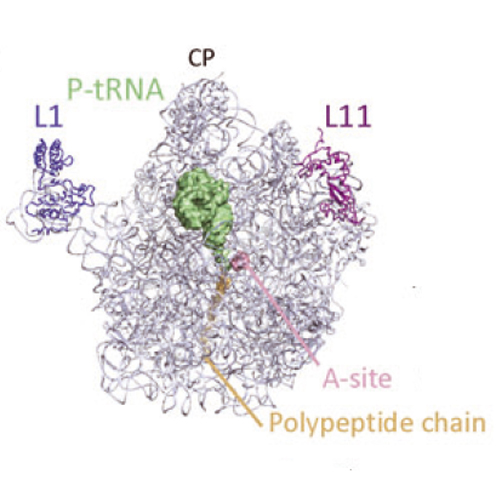On the specificity of antibiotics targeting the large ribosomal subunit
22-Dec-2011
Annals of the New York Academy of Sciences, 2011, DOI: 10.1111/j.1749-6632.2011.06192.x, Volume 1241, pages 1–16, published on 22.12.2011
The peptidyltransferase center of the large ribosomal subunit is responsible for catalyzing peptide bonds. This active site is the target of a variety of diverse antibiotics, many of which are used clinically. The past decade has seen a plethora of structures of antibiotics in complex with the large ribosomal subunit, providing unprecedented insight into the mechanism of action of these inhibitors. Ten distinct antibiotics (chloramphenicol, clindamycin, linezolid, tiamulin, sparsomycin, and five macrolides) have been crystallized in complex with four distinct ribosomal species, three bacterial, and one archaeal. This review aims to compare these structures in order to provide insight into the conserved and species-specific modes of interaction for particular members of each class of antibiotics. Coupled with the wealth of biochemical data, a picture is emerging defining the specific functional states of the ribosome that antibiotics preferentially target. Such mechanistic insight into antibiotic inhibition will be important for the development of the next generation of antimicrobial agents.











